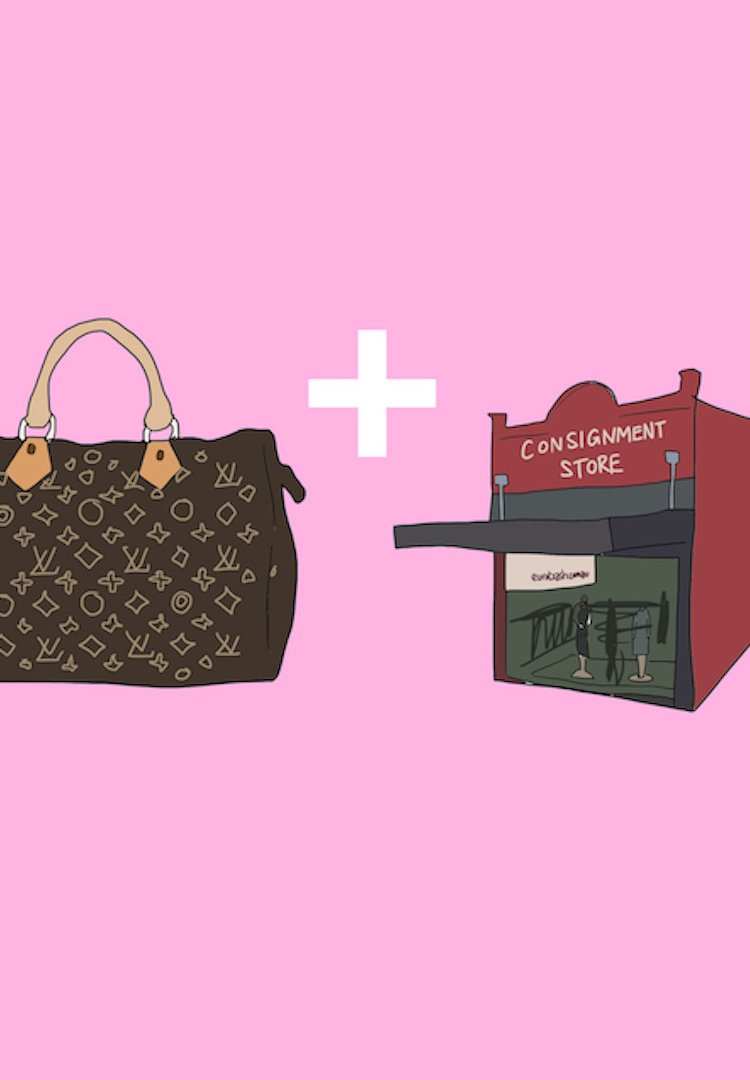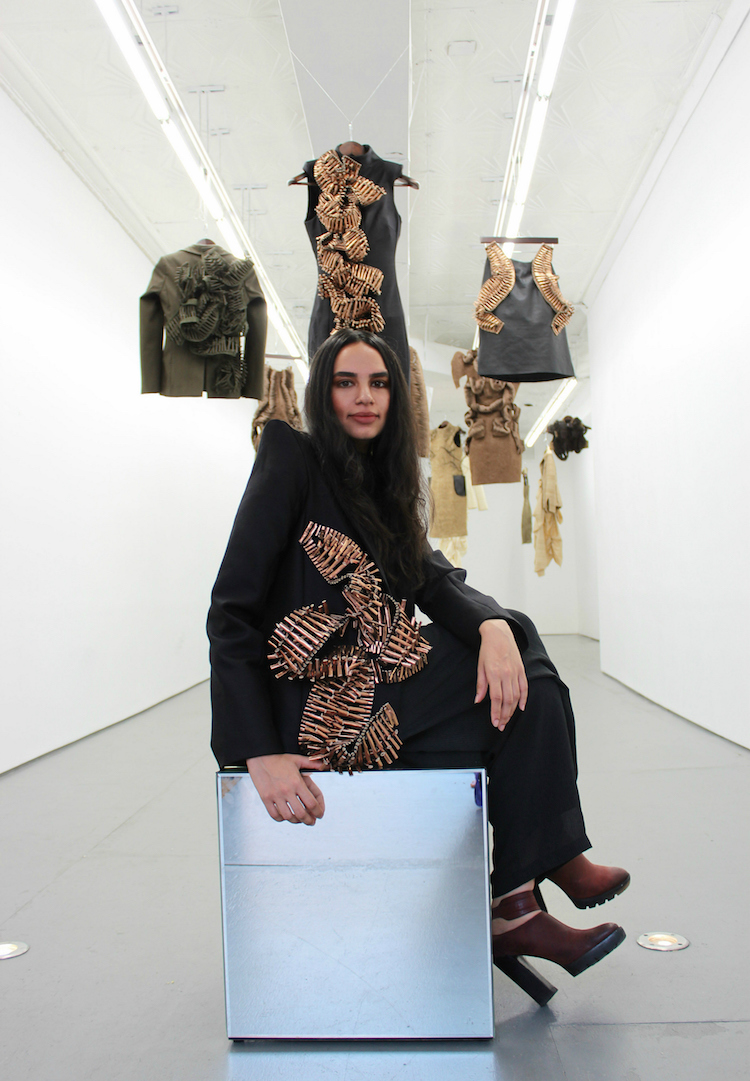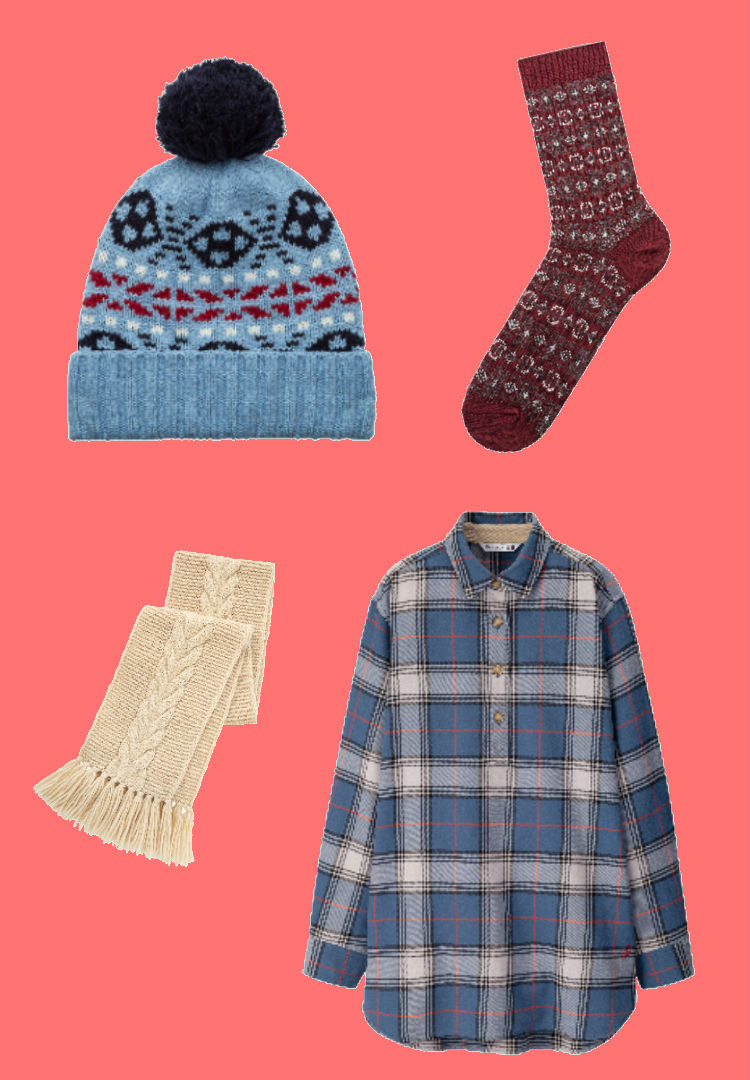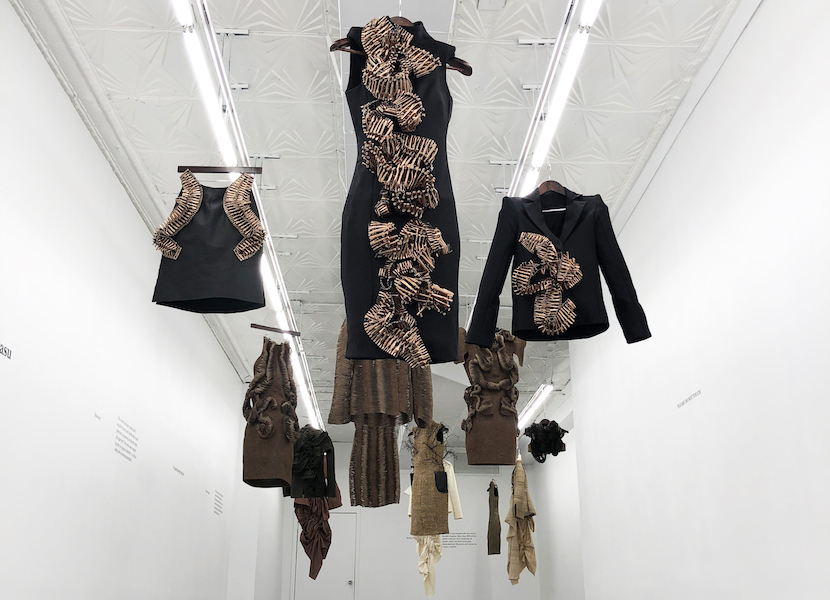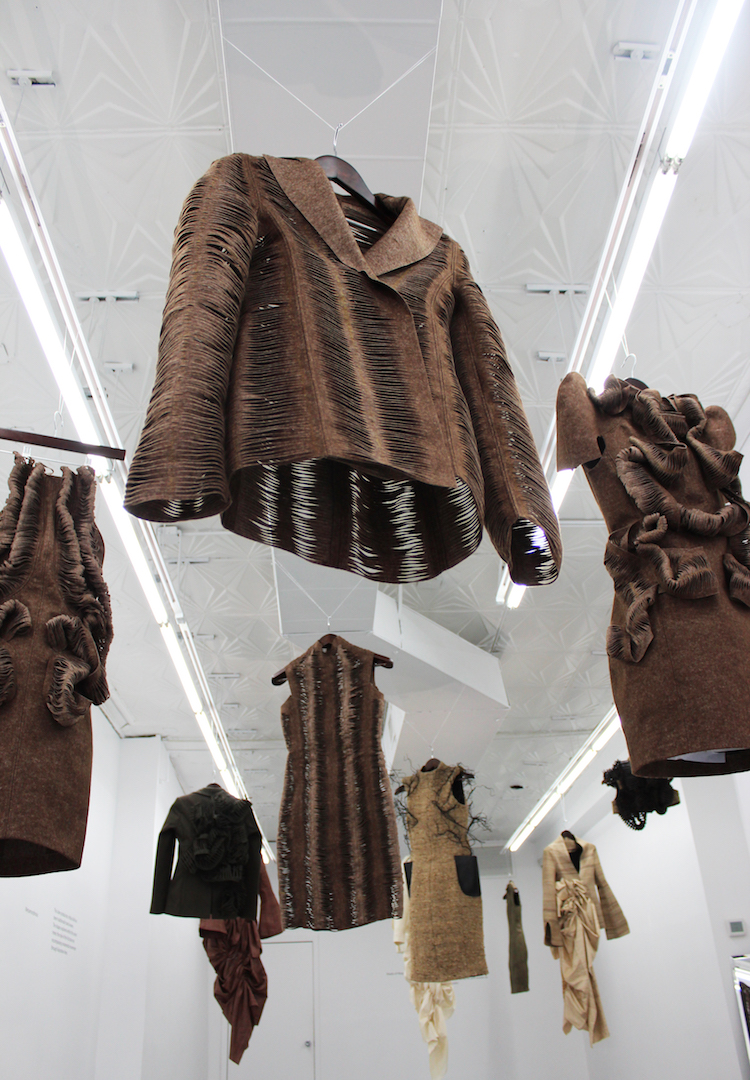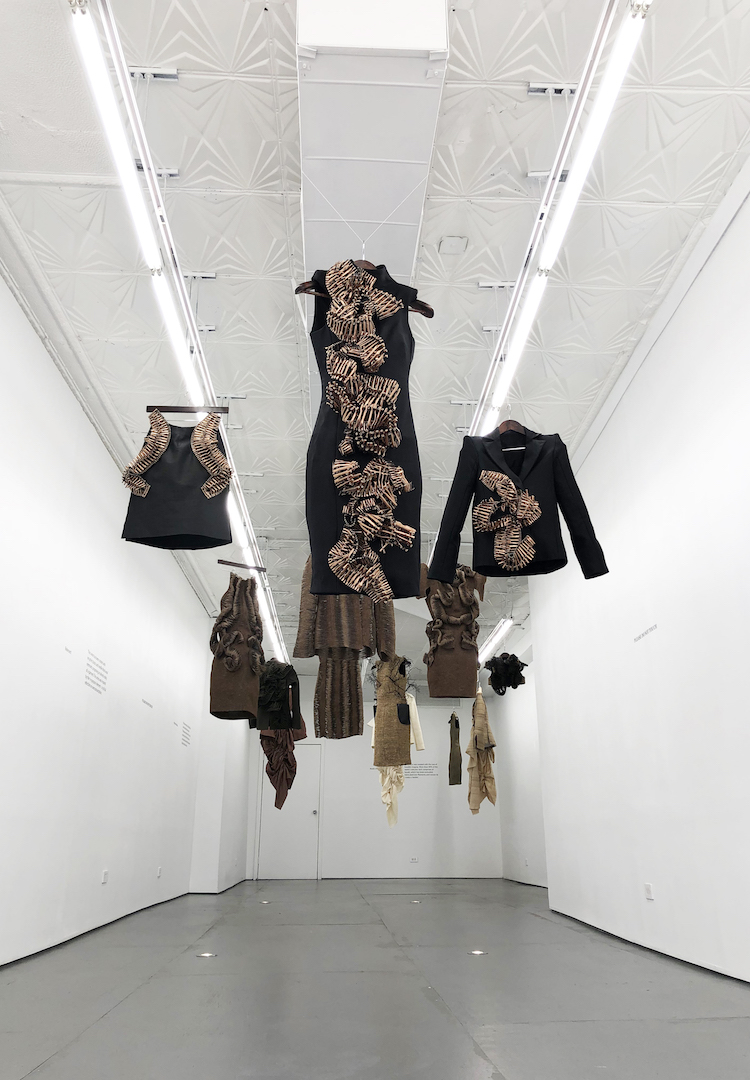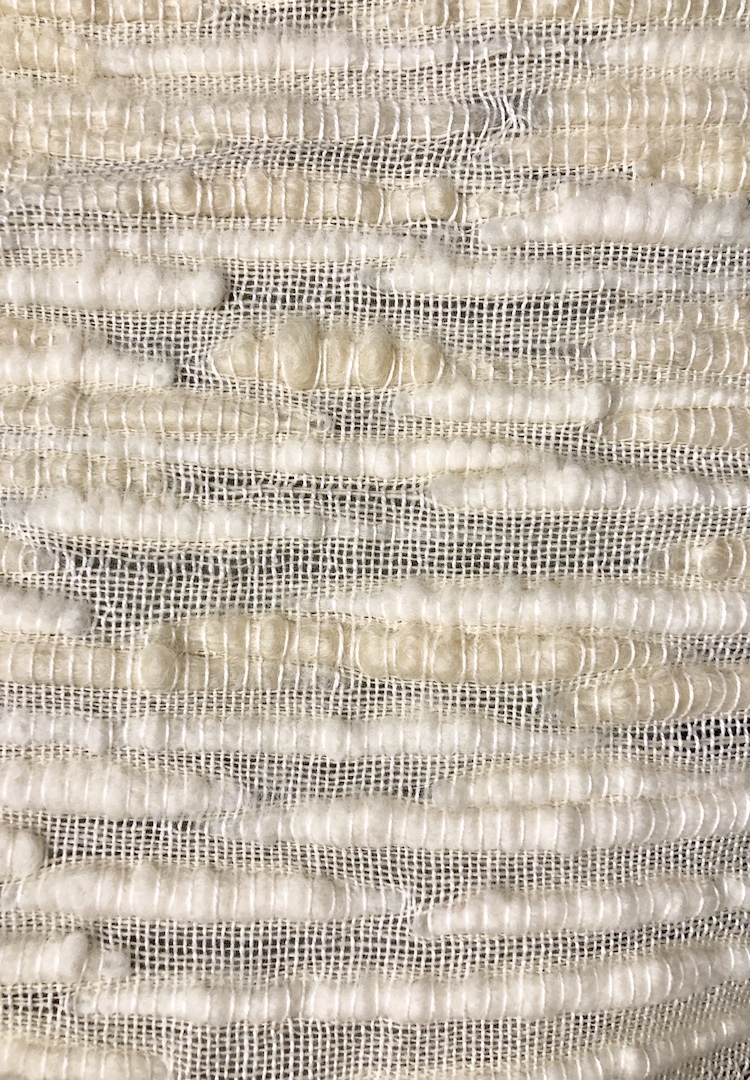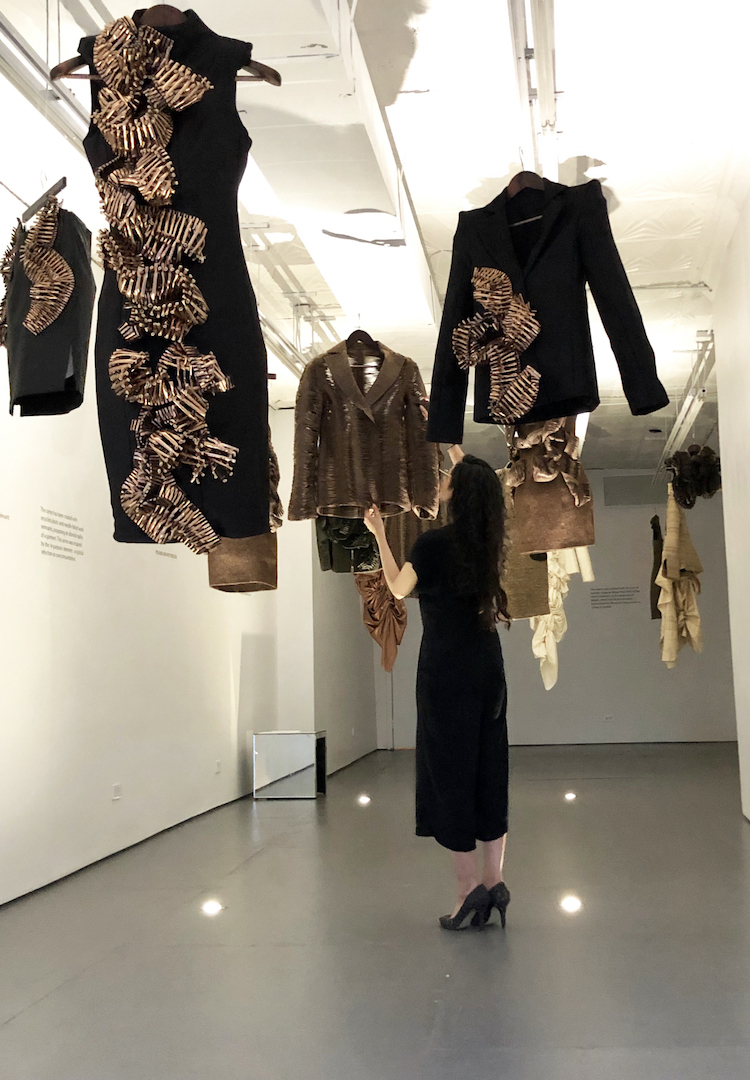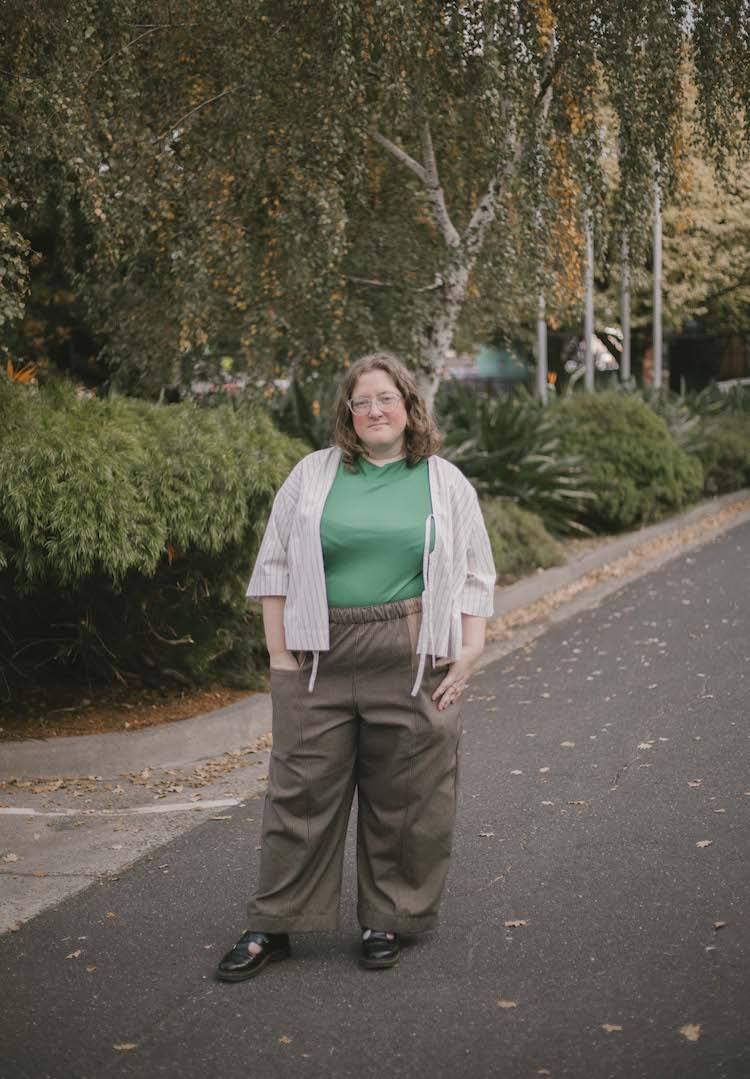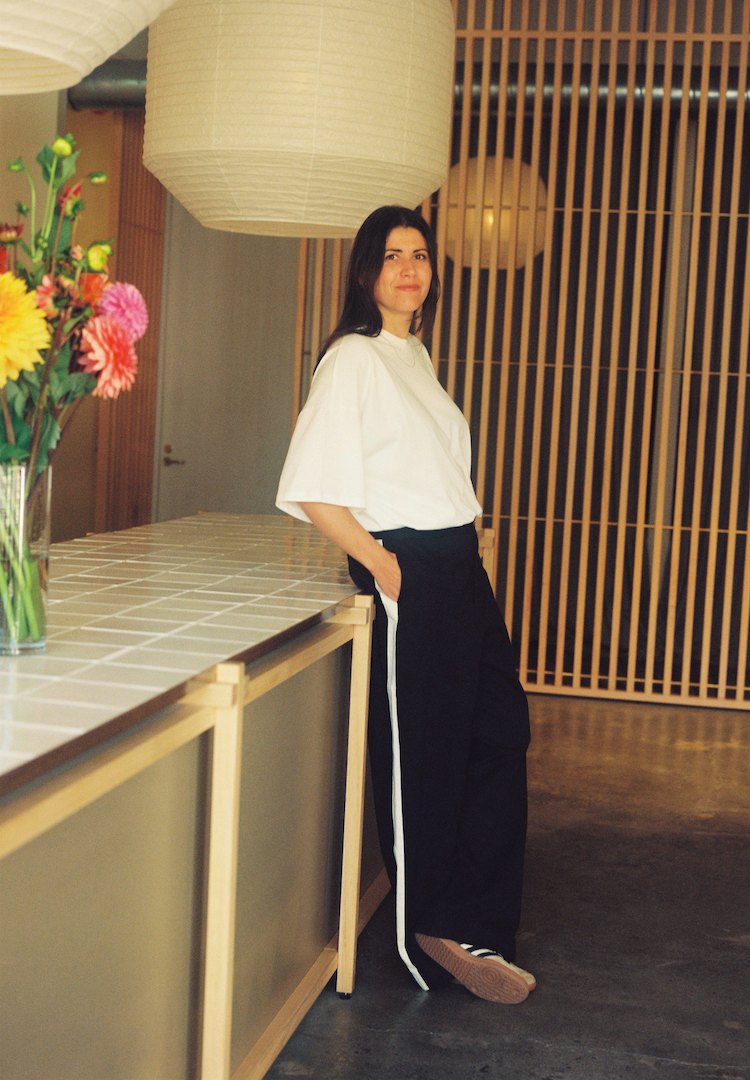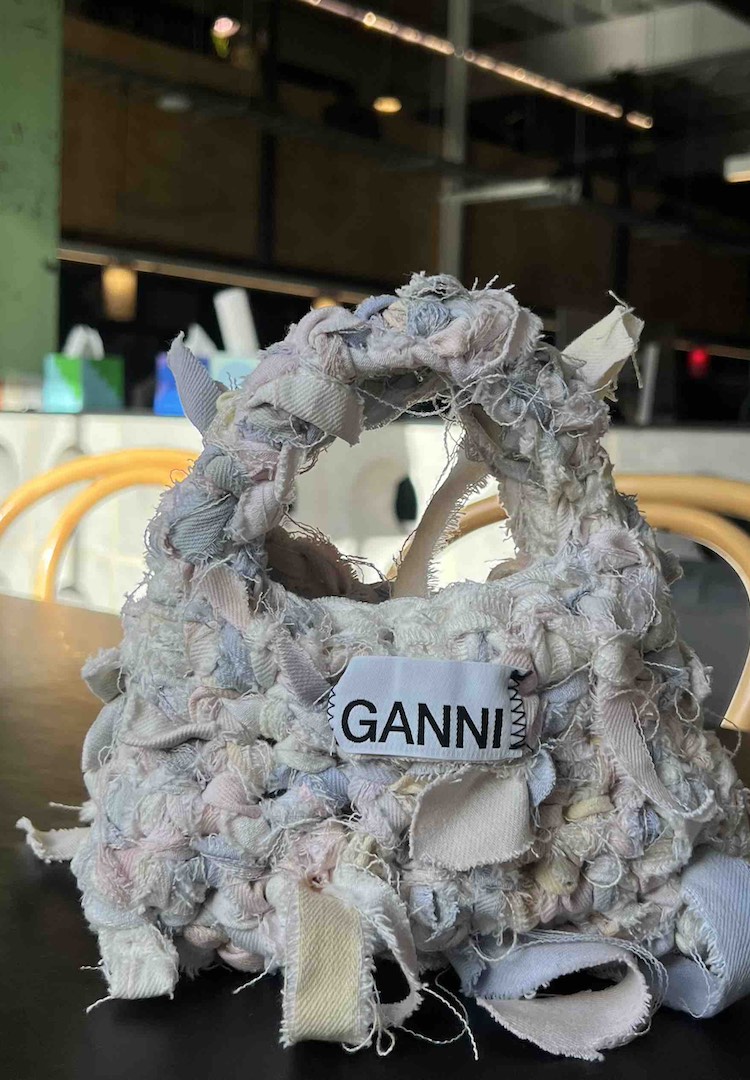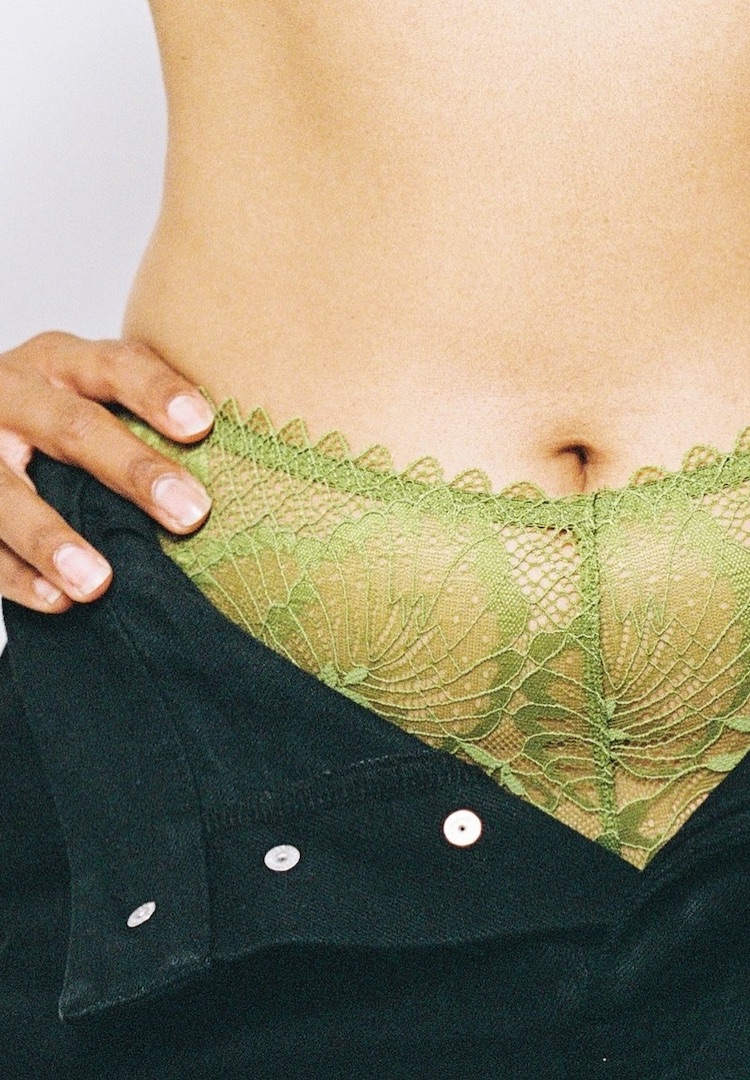Tanu Vasu is making clothes out of magma and talking at the UN, it’s chill
Lava loom.
Designer Tanu Vasu made a dress from volcanic magma, spoke in front of the United Nations and had her collection form part of the oldest design festival in the world.
Now that I have your attention, let me acquaint you with the designer herself.
Raised in Sydney, Tanu Vasu started interning at Carla Zampatti at the age of 14. From there, she went on to work on the fashion editorial team at Vogue and her pieces were showcased at New York Fashion Week this year.
Now she’s located in New York, where progressive fashion knows no limits.
In this fast-paced, hustling city at the epicentre of the world’s information and commerce, Tanu took one big step outside the industry’s box by collaborating with a former NASA scientist, Dr J.R. Skok. Together, the pair created the first piece of clothing from volcanic magma.
The process sounds otherworldly: Magma is extruded then heated to create small filaments, then the thread-like material is woven into a textile. From here, Tanu experimented with the workable material to make fabric suitable for clothing.
“When creating something new like polyester – or even a natural material like cotton – so much goes into [the process], whereas magma is already embedded in the world,” she explains. As 90 per cent of the world’s crust consists of basalt – the rock formed from the lava overflow of erupted volcanoes – she’s totally right.
This futuristic technology intersects interestingly with Tanu’s other passion: ancient techniques and processes used in fabric production.
Her clothes are bought to life with handcrafted textile traditions, employing the techniques she learnt from local artisans and craftsmen from around the world. She’s spent time with weavers in upstate New York, non-violent silk breeders and harvesters in India, merino wool growers in Australia, lace-makers in France and crochet communities in Spain.
“I’m trying to incorporate their skills into my designs,” Tanu says. “People are focusing on where clothes come from but they are not thinking about where the fabric is from and how the material is dyed or how it’s spun. That process is so fascinating to me.”
It is Tanu’s innovation and preservation of ancient artisanal practice that has caught the eye of the international design community. She took her skills and knowledge all the way to the United Nations for the 74th International Global Climate Summit, where she gave a talk on artisanal preservation. She also ran a workshop on dyeing chemicals at the esteemed SoHo house.
“Did you know that indigo denim has cyanide in it? Unless you buy it from a sustainable brand!” she exclaims. “People are rubbing this against their pores and it’s going into their skin. That’s why I ran the workshop because no one knows about this stuff.”
In this particular workshop, Tanu took her class to upstate New York and taught everyone how to make dye pigment from scratch and colour their own denim.
For now, Tanu’s pieces exist in exhibition spaces alone. If you are lucky enough to be in the area, you’ll find her work suspended from ceilings in downtown New York or in old, 18th century buildings. For the designer, the space has to accommodate the story of sculptural and ancient ways of making clothes.
“I really enjoy having my audience connect with my clothing process and feel they are a part of the creation,” she says.
“I don’t do it for me. I do it for the integrity of the clothes. I do it so they can stand alone and speak for themselves.”

